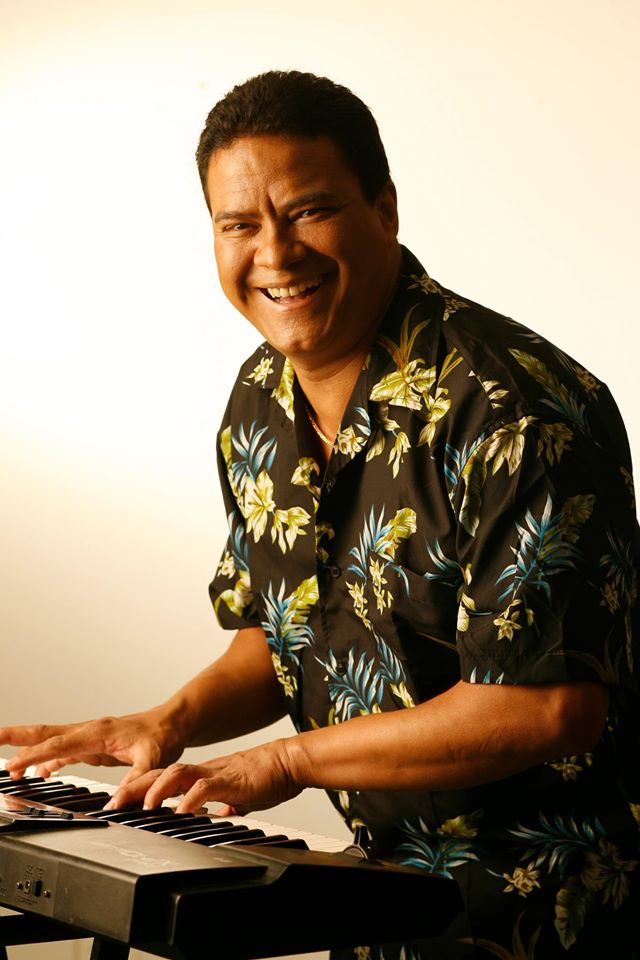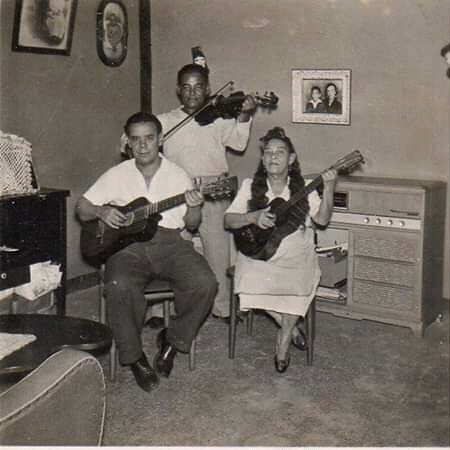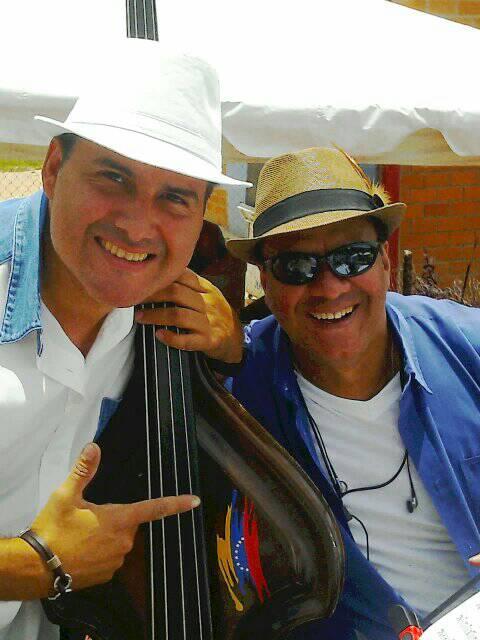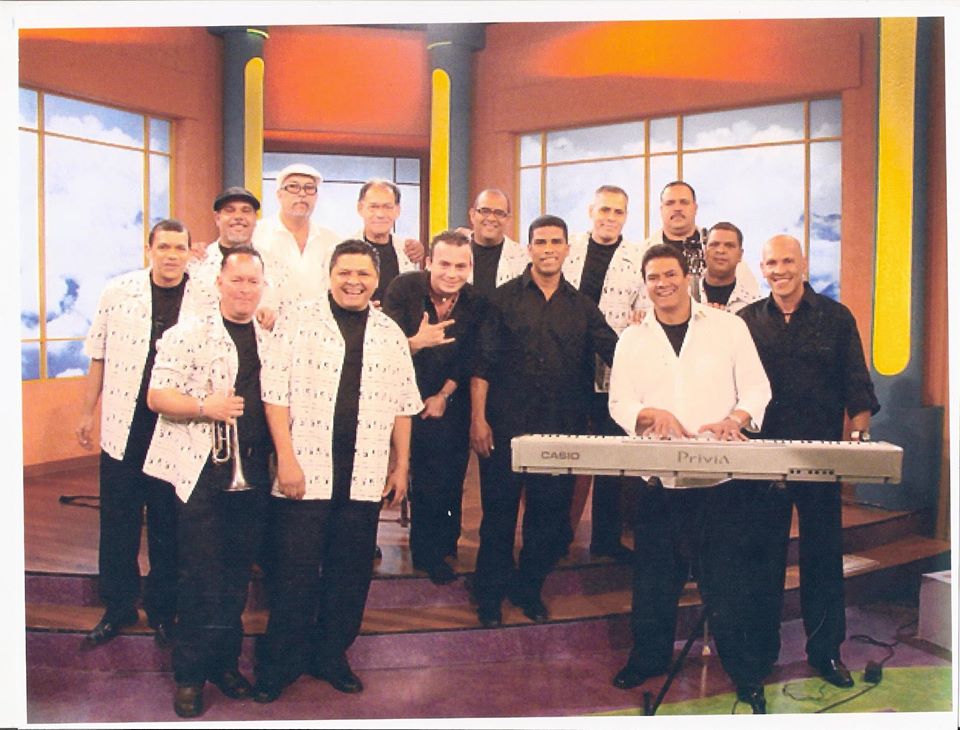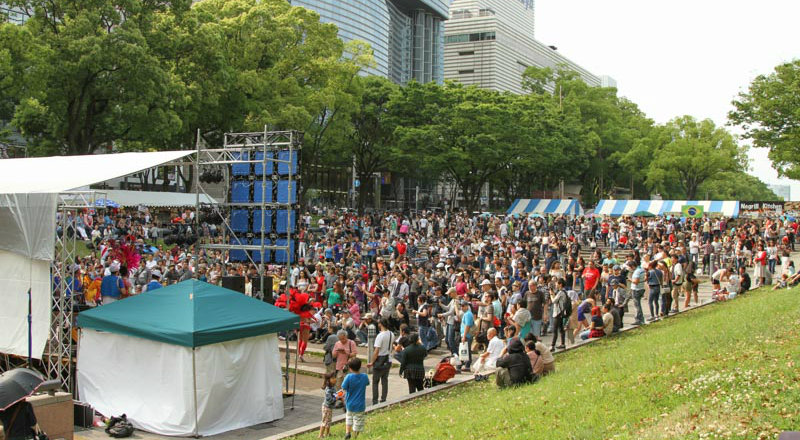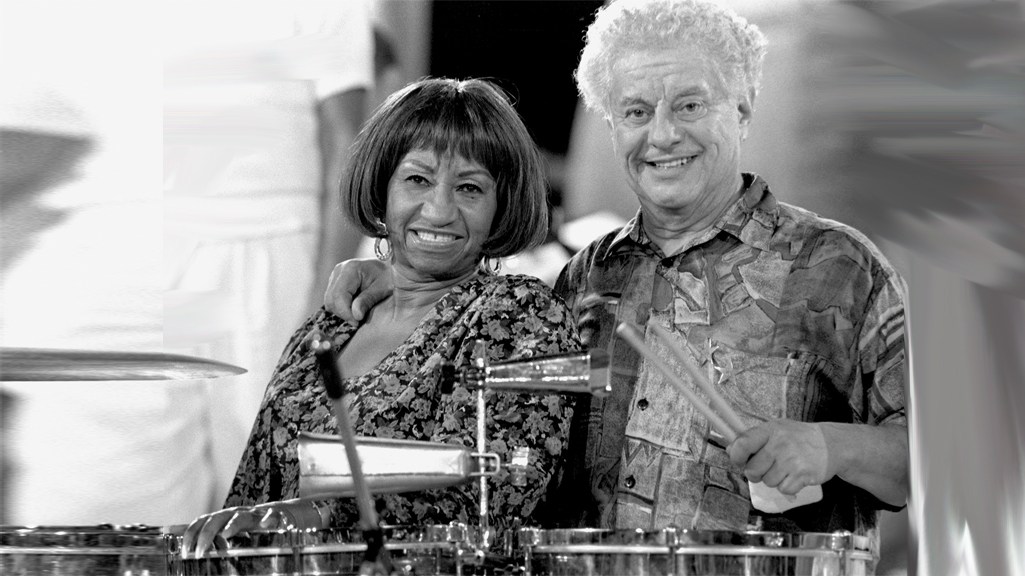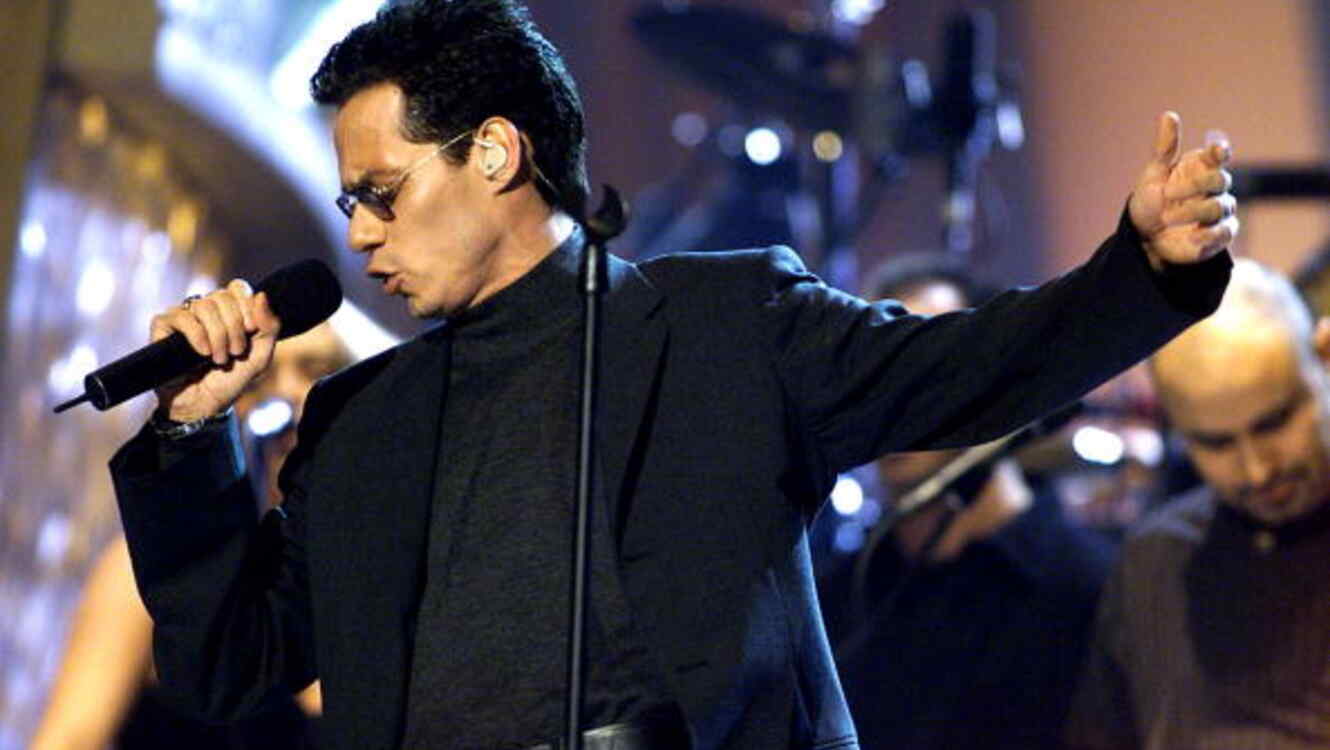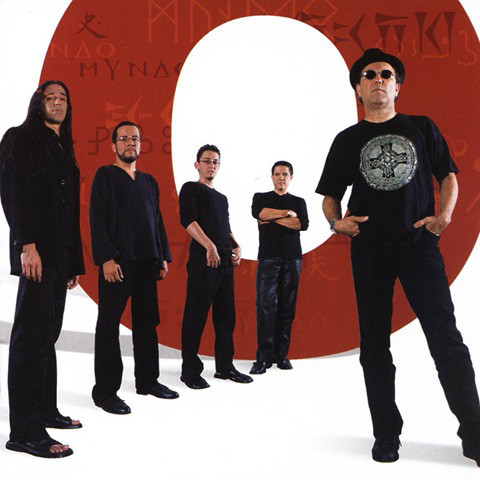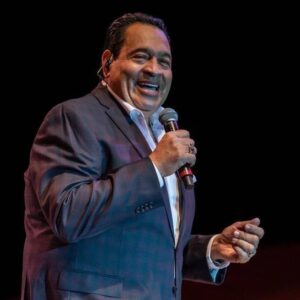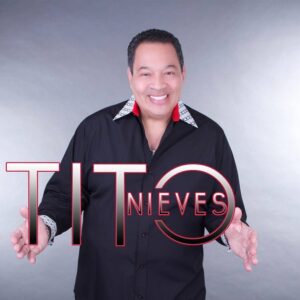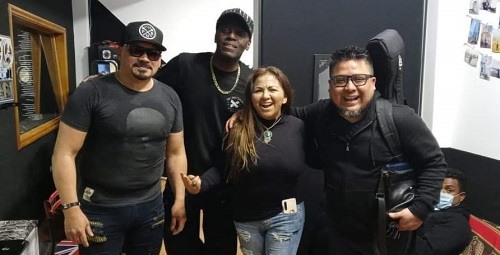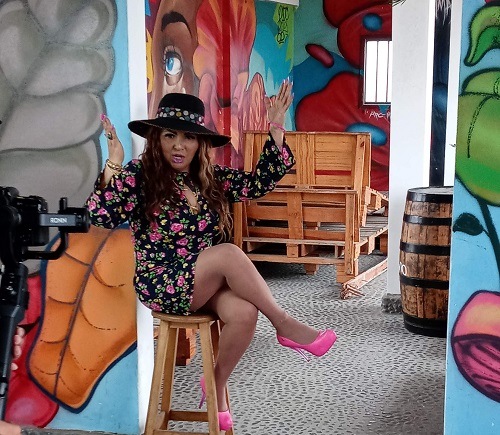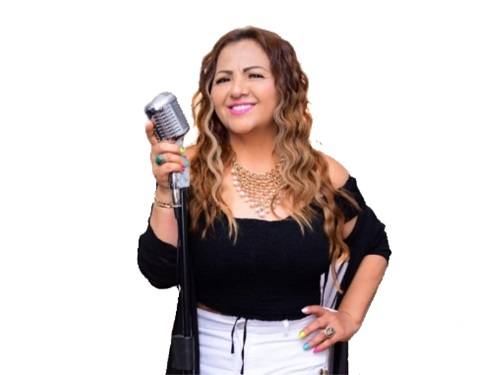Latin America / Peru
Rosa María Peña Collado: “ROMA Y SU SALSA” is an On Line TV Program with a MAGAZINNE format of MUSIC and ENTERTAINMENT that has as its main objective to promote the permanent diffusion of the Peruvian national talent and international guests that work in the different musical and artistic genres.
The Program “ROMA Y SU SALSA” begins its transmission in March 2015 through the web address http://www.radiomiraflores.com and later in other media such as

Roma y su Salsa
http://www.radioondadigital.com/tv
where it has been executed in a sustained way (with two periods) until now.
In the itinerary of interviews and presentations, Peruvian members and talents of ORCHESTRAS have paraded such as
Zaperoko La Resistencia Salsera del Callao
K’llao Salsa, N’Samble,
Creole Sax, Perkutao
Sabrosura
La Chola Caderona
Salome
Beto Chira and Orchestra
Las Estelares de la Rumba
The Wizards of Sauce
Sauce Suggestions
Son Canelas
Rock Band Stirrup
SINGERS AND COMPOSERS
Antonio Cartagena
Edilberto Cuestas CANTES Willy Rivera
Johnny Rojas
Kike Peña
Pablo Villanueva “Melcochita”
Victor Zanelli
Manolo Rodriguez
Carlo Supo
Shanney Hurtado
David Roman
Marcelo Villar
Martin Lopez
Anne Kolher
Laura Mau
Fanny Almenara
Sandra Cardenas
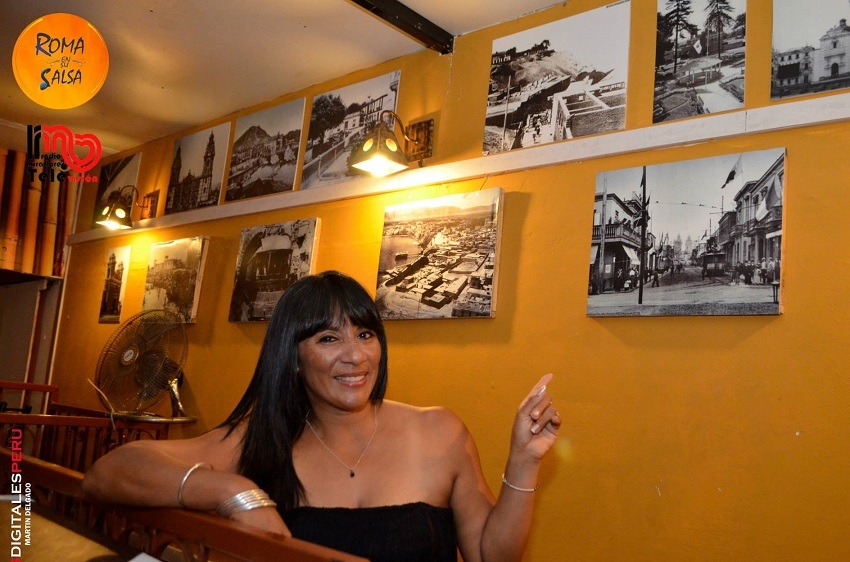
SINGERS AND IMITATORS
Paquito Português “Frankie Ruiz”
Isabel Castro “La India”
MUSICIANS AND COMPOSERS
Carlos Orozco
Isaac Sanchez
Juan Rebaza
Juan Arana
Juan Medrano “Cotito”
Manuel Leon
Daniel Venegas
MUSICIANS
Cesar Vivanco
Urban Collac
Maximum Chest
Mita Barreto
Lucho Cueto
John Canevello
Aldo de Dios
Omar Basallo
Percy Chinchilla
Carlos Nieves
Guillermo Arias
Jesús Zavala (visually impaired percussionist)
WRITERS
Mario Aragon
DANCERS AND CHOREOGRAPHERS
Charles Anton
Julio Zegarra
Joel Pictures
Daniel Vivanco
COLLECTORS
Walter Renteria
Beto Onetto
Albert Cologne
ANIMATORS AND PRESENTERS
Jorge Eduardo Bancayan
Dante Corrales
Oscar Godos
INTERVIEWS PERUVIANS LIVING ABROAD
Cesar Correa
Daniel “The Cat” Arboleda
Hector “Jereto” Ferreyra,

SINGERS AND COMPOSERS
Renzo Padilla “El Borincaico”
Mirko Radovic
Mike Ortiz, Luchito Muñoz
MUSICIANS AND COMPOSERS
Ahmed La Torre
Kiki Sanchez
Rafaelo Parejas
DANCER AND CHOREOGRAPHER
Cecilia Villalobos
DJ’s SALSA
Armando Carrasco
August Felibertt
(Caracas – Venezuela)
INTERNATIONAL ARTISTS
Pedro Brull
Roberto Blades
Pichie Perez, Jose Lugo (RIP)
Alberto Martinez
Alex D’Castro
Vitti Ruiz
Jose Fajardo Jr.
Nolberto Velez
Gerardo Rivas NG2
Patty Padilla
TELEPHONE LINK
Herman Olivera
Papote Jimenez
Ramonita Parra
Raffi Torres
DANCER
Allien Ramirez (Tri World Salsa Champion)
PRODUCER
Albert Torres (RIP)
Finally, it has been planned to resume the interviews via zoom in order to continue the permanent work of diffusion of the art and talent of the great SALSA FAMILY, complemented by the online radio that is under construction.
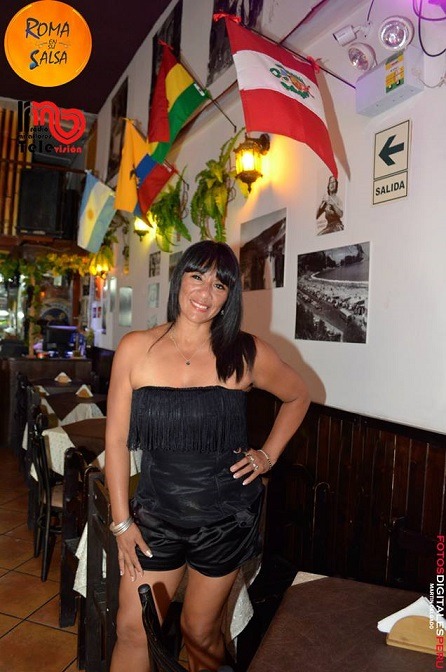
Peru: Roma y su Salsa
Rosa María Peña Collado
Driver
“ROME AND ITS SAUCE”

